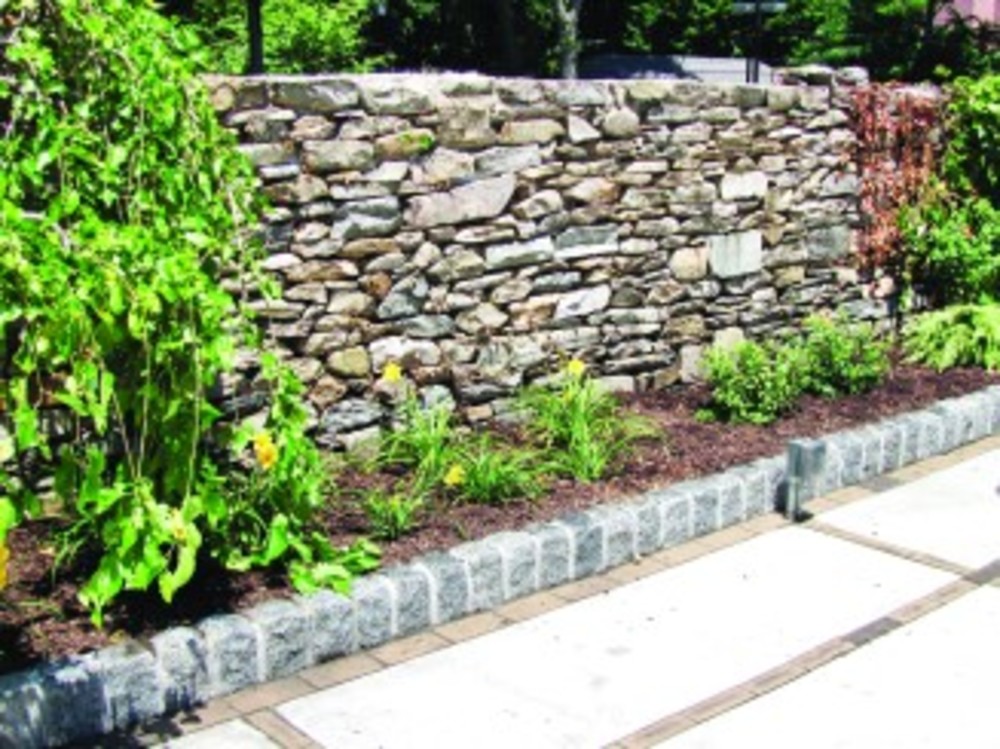Biblical garden
Plants mentioned in sacred text create a holy space at Temple Beth-El
 Temple Beth-El’s Biblical Garden was initially planned by Mrs. David Adelman in the 1960s and included a weeping mulberry tree, Pyracantha bushes shaped as menorahs, a burning bush and various herbs, all chosen for their symbolism in our faith’s narrative.
Temple Beth-El’s Biblical Garden was initially planned by Mrs. David Adelman in the 1960s and included a weeping mulberry tree, Pyracantha bushes shaped as menorahs, a burning bush and various herbs, all chosen for their symbolism in our faith’s narrative.
The garden was rededicated as the Julie Claire Gutterman Memorial Garden in 2002 when members of the Eden Garden Club updated it. In the summer of 2012, through the work of volunteers and financial support of the Bernhardt Foundation, the garden was renovated and reinterpreted. Along the edge of the temple’s spacious patio, plants that had been lost were replaced and new ones added to create a colorful, educational and sometimes edible landscape. The new plants are sustainable and not invasive like some of their predecessors (bittersweet and burning bush), but they retain significant references to biblical times.
The beautiful weeping mulberry that is central to the garden has been pruned to reveal the tablets (symbolizing the Ten Commandments) that were moved when the temple relocated from South Providence more than 50 years ago. On the west side of that tree, a garden focusing on the seven species was installed and includes a grapevine, fig tree, honey berry bushes, hardy pomegranate, olive tree (in summer), wheat and barley.
The seven species were important historically in sustaining the Jews, and traditionally they are eaten in celebration of Tu B’Shevat, Sukkot and Shavuot. A rose, with dramatic thorns symbolic of hardship, is planted adjacent to the mulberry. To the east of the mulberry tree, a dwarf cedar, dwarf willow and laurel have been planted along with lilies. A smoke bush has taken the place of the burning bush in the patio and will provide a blaze of color in the fall.
You are invited to explore the garden and encouraged to watch it grow! Along with the garden, we have installed a permanent sign that gives you the biblical references to the seven species along with a description and picture of each species in the garden.
We gratefully acknowledge volunteers Lenore Piper, Deb Salinger, Jennifer Holden Sherwood, Fred Franklin and Bruce Winter, who have weeded, planted and watered the garden; Carolyn Winter, who has designed the garden; George Hetu and members of the temple’s staff who have removed old trees and shrubs and helped with ongoing maintenance; and Karen Mueller, whose consultation on the project was invaluable.
Please visit the Temple Beth-El website at temple-beth-el.org/about-us/biblical-garden or the temple’s library for additional information about the garden.
JUDY MOSELEY is the Executive Director at Temple Beth-El.







